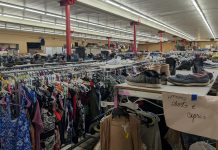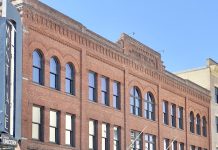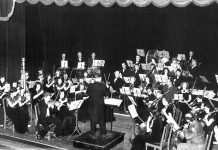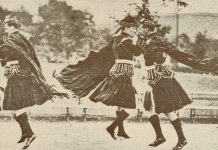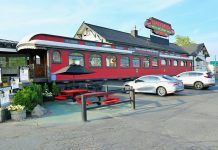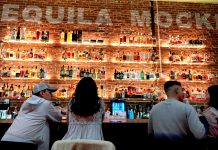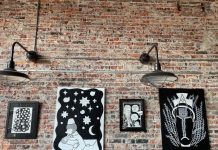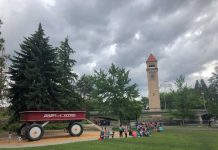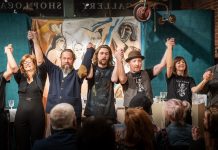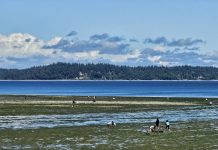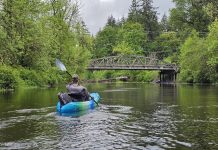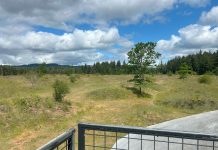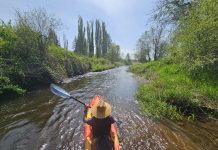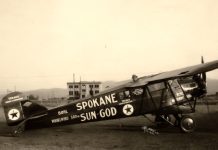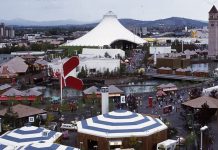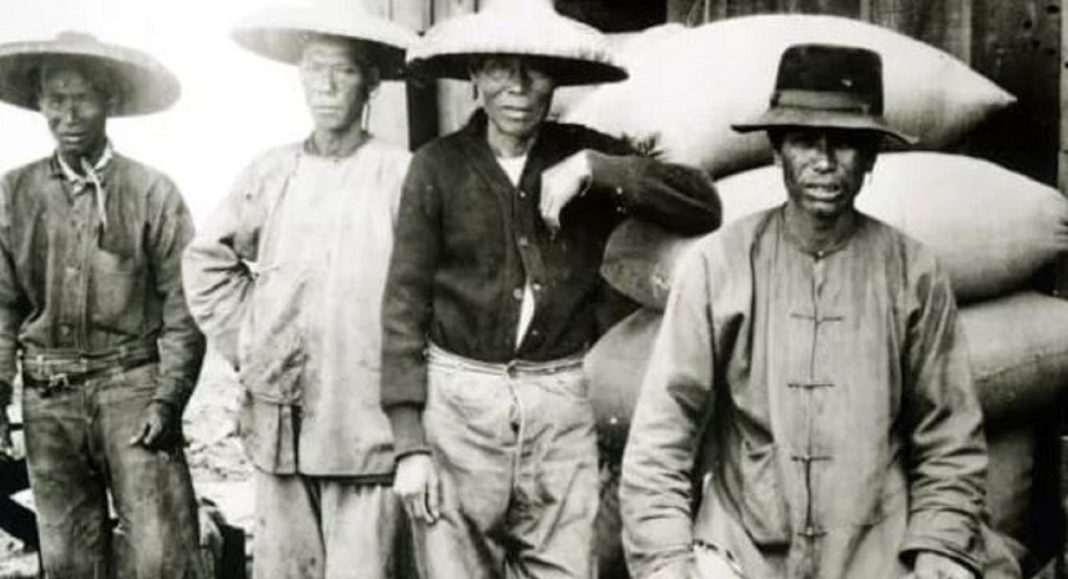There’s no doubt Spokane has accumulated a rich and fascinating history since the arrival of the first settlers in 1810, but what’s even more intriguing is that the city also has a hidden past. It’s a history right underneath our feet and lies within Spokane’s intricate system of underground tunnels, now clouded in mystery, legend, and a curious glimpse into the city’s past.
Little is known, and rumors spread wide regarding the underground labyrinth beneath the city that now sits deserted. What is known is that this underground network of tunnels underneath the sidewalks and businesses of downtown Spokane is very real, despite the tight lips one might receive when inquiring about them. But why so secretive? What could they have possibly been used for, and what could still be down there?
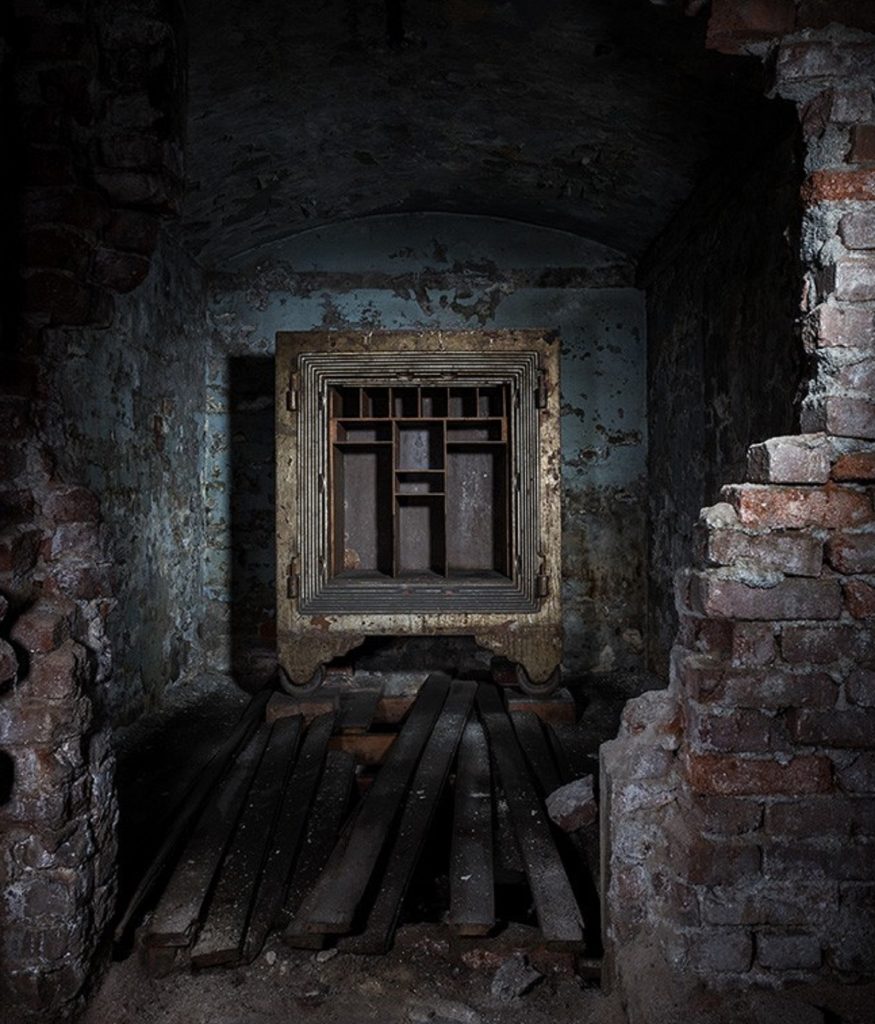
The Origins of Spokane’s Secret Tunnels: Transportation and Storage
Perhaps the answer to these questions lies within the timeframe of when the tunnels were first constructed. Construction began in the late 1800s, with historians believing it was initially built to carry steam heat from the Steam Plant to various downtown buildings.
This is supported by the interconnected maze reaching famous buildings like the Davenport Hotel, the Fox Theater, and the Spokane Club. Depending on which location you’re investigating, the use of the tunnels varies. For instance, the Fox Theater, built in 1931, may have used its underground tunnels to transport performers and supplies from the stage, while the Davenport used theirs to transport supplies and services to the hotel’s various restaurants, ballrooms, and meeting spaces. Additionally, the system of tunnels also made its way to the city’s early railroad station, where it was used to transport goods and materials to and from the trains.
Thus far, all seems legal, and even normal, for an emerging city hub needing a way to transport its sudden rush of incoming goods without disturbing its new, growing public as they begin to move in. But if everything was “up to code,” why did the city stop using the tunnels? And why are some so reluctant to talk about it?
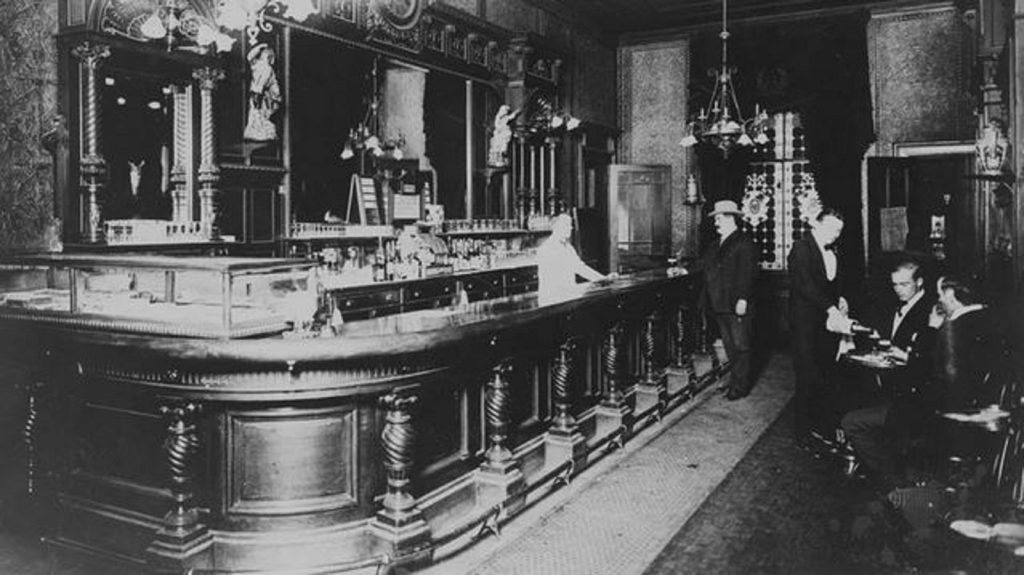
The Dark Side of Spokane’s History: Prohibition and the Tunnels
Historical accounts of the frontier town during the late 1800s showcase Spokane’s emerging reputation as the fun center of the Inland Empire. Tales of speakeasies, opium dens, taverns, brothels, gambling halls, and more traveled far and wide. The city became a premier travel destination for transient men searching for rest and relaxation in the form of liquor, women, gambling and entertainment.
Here, travelers could find myriad activities to occupy themselves and spend their hard-earned wages, all in the name of “fun.” The fun was about to come to an end with the passing of the Volstead Act, otherwise known as the National Prohibition Act, in 1919.
Depending on who you asked, it is believed that during this period in the city’s history in the 1920s, the tunnels became a place of illicit activity, as bootleggers used them to transport illegal alcohol without detection. Spokane’s close proximity to Canada and its reputation for hedonism drew these rumrunners underground to avoid dry squad detectives of the day.
Rumor has it that as many as 10,000 bottles of hard liquor were shipped to the city just three days before the law went into effect. Indeed, these moonshiners were giving the coppers a run for their money. Perhaps this is why everyone prefers to keep quiet when inquiring about using the tunnels, out of respect and solidarity with the city’s ancestral moonshiners. Or could there be more to it? Perhaps even something more sinister?
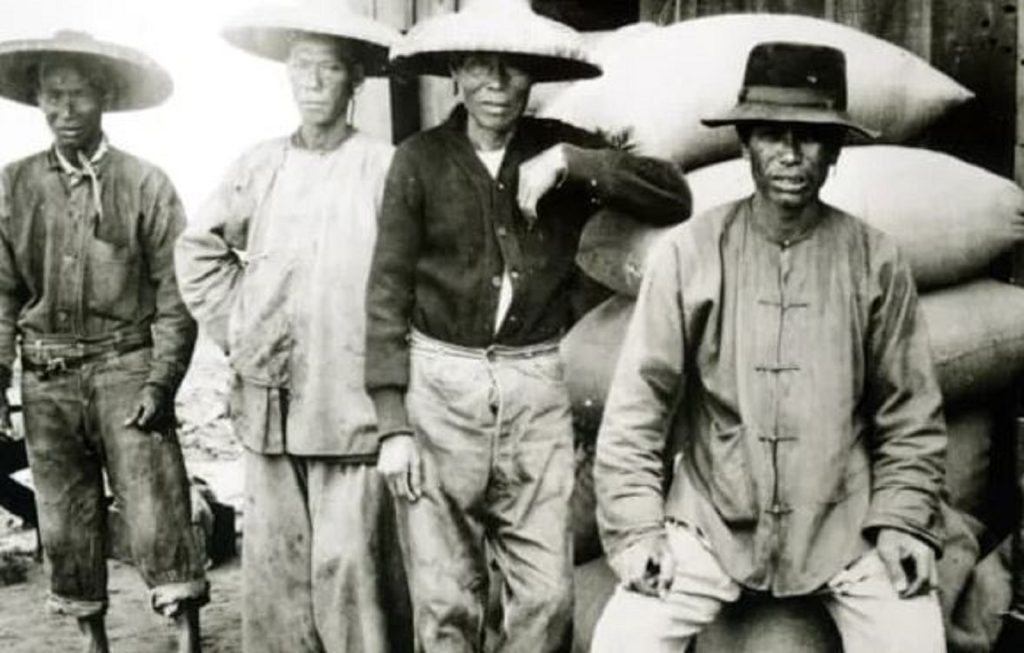
The Darkness Within the Tunnels: The Chinese Immigrants Who Were Forced to Call it Home
With the city blooming in its wicked fruits at the turn of the 19th Century, many Chinese immigrants were lured to Spokane by the prospect of work and a better life. Many found jobs working on the city’s railroads and in the mines, but their newfound American dream wasn’t all that it seemed.
They were faced with the prejudices of the day, being forced into their own little corner within the city, now considered Spokane’s lost Chinatown. In addition, laws and attitudes of the period often prevented Chinese immigrants from owning property or businesses outside of this “Chinatown.” It was these restrictions that forced them to live in crowded and unsanitary conditions in areas that were often prone to flooding and other hazards.
As a result, they sought refuge in these underground tunnels as they provided a hidden place for them to live, away from the discrimination and harassment they faced above ground. Despite their best efforts to make the tunnels into homes, conditions underground proved difficult and dangerous, with many Chinese immigrants suffering from illness, injury, or even death due to such living conditions.

The Spokane Tunnels Today
Over time, as attitudes towards Chinese immigrants shifted and discriminatory laws were repealed, many could move out of the underground tunnels and into other parts of the city. Similarly, as the Prohibition Act was repealed and booze was once again legal, so bootleggers stopped using the tunnels to avoid law enforcement.
As the city developed and modernized, the use of the underground tunnels became obsolete, their corridors becoming sealed relics of the city’s past that most hoped would be forgotten. Yet beneath Spokane city sidewalks, they remain, shadowed in mystery as tours of this underground labyrinth are few and far between, further fueling curiosities and quite possibly posing more questions than we will ever have answers to.
Do you know anything about the secret tunnels underneath Spokane? Send us your answers to submit@spokanetalk.com, and perhaps you can shed some light within the darkness of the tunnels.



